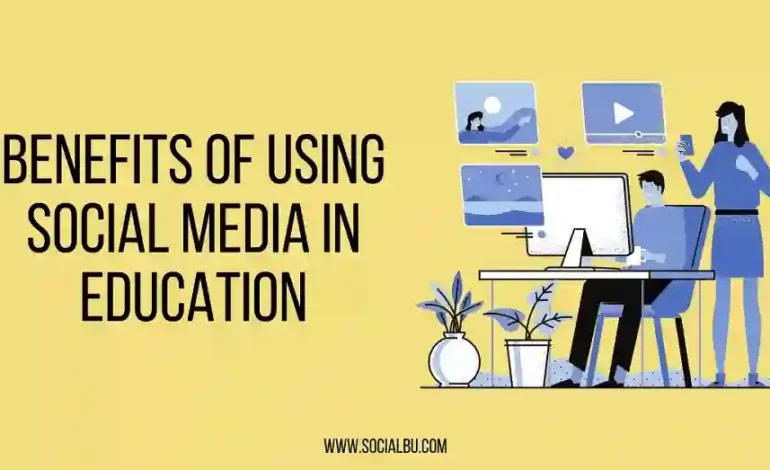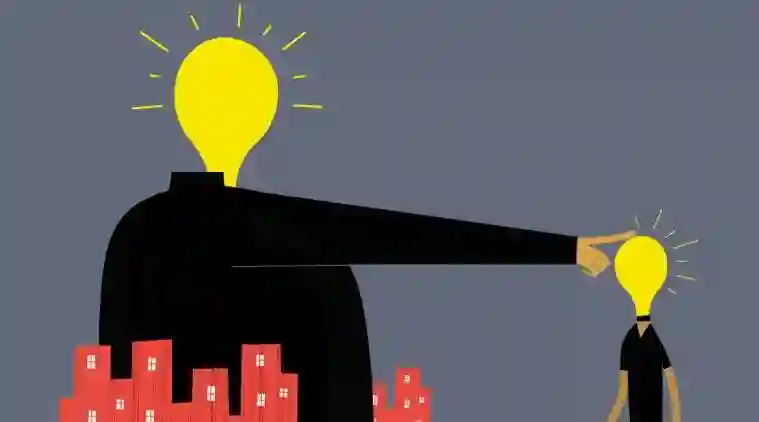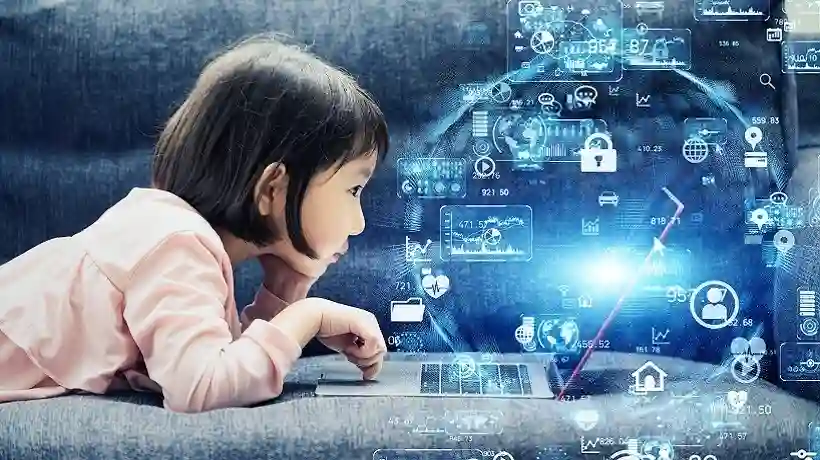
Education and Social Justice: Advocating for Equity
Education has long been regarded as a powerful tool for social justice and equity. It has the potential to break down barriers, level the playing field, and provide opportunities for all individuals, regardless of their background or circumstances. In this article, we will explore the profound relationship between education and social justice, examining how education can be a force for positive change, addressing inequalities, and promoting a fair and just society.
Understanding Social Justice
Before delving into the connection between education and social justice, it’s essential to define what social justice means. Social justice refers to the fair and equitable distribution of resources, opportunities, and rights in society. It aims to address systemic inequalities and discrimination based on race, gender, socioeconomic status, disability, and other factors. The goal of social justice is to create a society where every individual has a chance to thrive and lead a fulfilling life.
Education as a Catalyst for Social Justice
Education is a fundamental component of social justice because it plays a pivotal role in dismantling barriers and advancing equity. Here are some ways in which education serves as a catalyst for social justice:
- Equal Access to Quality Education: Social justice demands that all individuals, regardless of their background or circumstances, have equal access to quality education. Education systems that prioritize equity ensure that resources, opportunities, and support are distributed fairly among all students.
- Breaking the Cycle of Poverty: Education has the power to break the cycle of poverty. It provides individuals with the knowledge and skills needed to secure better job opportunities and improve their economic well-being. By addressing educational inequalities, society can reduce poverty and promote economic justice.
- Fostering Inclusive Environments: Inclusive education is a cornerstone of social justice. Inclusive schools welcome students of all abilities and backgrounds, providing them with a supportive and nurturing environment. Inclusive education challenges stereotypes and promotes acceptance and understanding among students.
- Promoting Cultural Competence: Education can promote cultural competence by teaching students about diverse cultures, histories, and perspectives. This fosters an appreciation of diversity and combats stereotypes and prejudice.
- Empowering Marginalized Communities: Education empowers marginalized communities by providing them with the knowledge and skills to advocate for their rights and interests. Education can be a tool for marginalized groups to address discrimination and inequality.
- Advancing Gender Equality: Education plays a crucial role in advancing gender equality. It empowers girls and women by providing them with opportunities for education and leadership. Gender-sensitive curricula challenge gender stereotypes and promote gender equity.
- Challenging Discrimination: Education encourages critical thinking and the examination of social norms and structures. It can equip students with the tools to recognize and challenge discrimination, bias, and injustice in all forms.
- Preparing Informed Citizens: Education prepares individuals to be informed and engaged citizens. In a democratic society, informed citizens are essential for advocating for social justice and holding institutions accountable.
Educational Inequalities and Challenges
Despite education’s potential to promote social justice, there are significant challenges and inequalities that need to be addressed. Some of the key issues include:
- Resource Disparities: Educational institutions in marginalized communities often lack the resources, infrastructure, and experienced educators necessary to provide quality education. This results in disparities in educational outcomes.
- Socioeconomic Barriers: Low-income students may face socioeconomic barriers to accessing quality education, such as a lack of access to tutoring, extracurricular activities, or educational materials. These barriers can affect their academic performance and long-term prospects.
- Racial and Ethnic Inequalities: Racial and ethnic disparities persist in education, with students of color often facing discrimination, bias, and unequal opportunities. Addressing racial and ethnic inequalities is a crucial aspect of social justice in education.
- Special Education and Disabilities: Students with disabilities may face challenges in accessing appropriate educational support and accommodations. Inclusive education and adequate resources for special education are essential for promoting equity.
- Language Barriers: Language barriers can hinder the educational progress of students from non-English-speaking backgrounds. Providing language support and English as a second language (ESL) programs are essential for addressing this issue.
- Gender-Based Discrimination: Gender-based discrimination and stereotypes can limit educational opportunities for girls and women. Efforts to promote gender equality in education include initiatives to encourage girls’ enrollment and retention in schools.
- Disparities in Higher Education: Inequities also exist in higher education, where access to college or vocational training can be limited for certain groups. Scholarships, financial aid, and support programs can help address these disparities.
Advocating for Social Justice in Education
To advocate for social justice in education, individuals, communities, and policymakers can take several actions:
- Equity-Focused Policies: Policymakers can implement equity-focused policies that address resource disparities, provide additional support for marginalized communities, and ensure that all students have access to quality education.
- Inclusive Practices: Educational institutions can adopt inclusive practices that welcome students of all backgrounds and abilities. This includes creating diverse and culturally responsive curricula, providing special education services, and promoting a culture of inclusion.
- Addressing Bias and Discrimination: Educators and administrators should actively work to address bias and discrimination within the educational system. This includes training for educators on cultural competence and anti-bias education.
- Supporting Marginalized Communities: Communities can support marginalized communities by advocating for improved educational resources, offering mentorship and tutoring programs, and fostering a sense of belonging and inclusion.
- Promoting Lifelong Learning: Lifelong learning opportunities should be accessible to individuals of all ages. Promoting lifelong learning ensures that individuals have the opportunity to acquire new skills and knowledge throughout their lives.
- Amplifying Student Voices: Listening to and involving students in decisions about their education is essential. Students can provide valuable insights into the challenges they face and the changes needed to promote equity.
Conclusion
Education and social justice are intertwined forces that have the potential to transform individuals and society. Education, when guided by principles of equity and inclusivity, can be a powerful tool for addressing systemic inequalities, promoting diversity, and creating a more just and fair society. As advocates for social justice in education, it is our collective responsibility to ensure that every individual, regardless of their background, has access to quality education and the opportunity to fulfill their potential. Education is not just a means to acquire knowledge; it is a pathway to a more equitable and just world.





